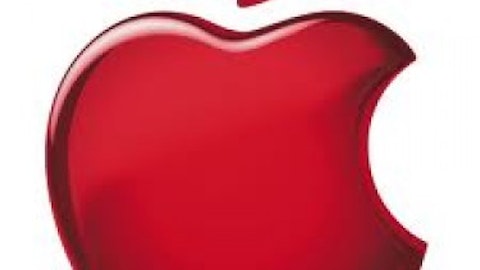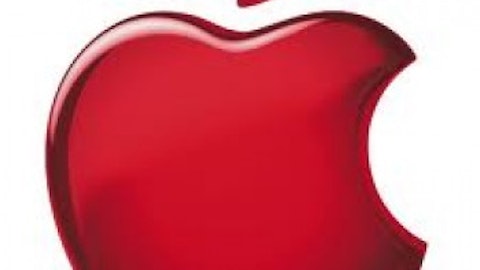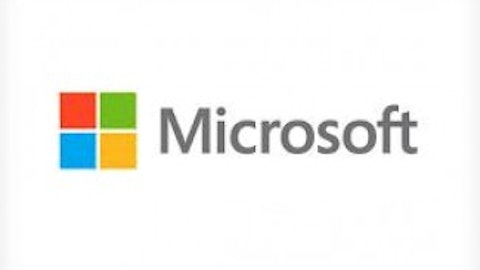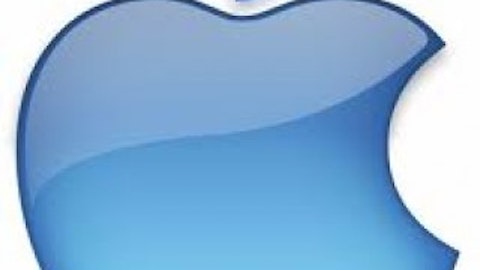Last year, things looked bleak for former handset heavyweight Nokia Corporation (ADR) (NYSE:NOK). The arrival of Apple Inc. (NASDAQ:AAPL)‘s iPhone in 2007 and Google‘s subsequent Android army had derailed Nokia Corporation (ADR) (NYSE:NOK)’s primary business and doomed it to obscurity alongside former smartphone market leader BlackBerry.
After former Microsoft Corporation (NASDAQ:MSFT) executive Stephen Elop took over as CEO in September 2010, however, Nokia Corporation (ADR) (NYSE:NOK)’s freefall stopped. After inking a partnership with Microsoft Corporation (NASDAQ:MSFT) that replaced its aging Symbian OS with Windows Phone, Nokia finally reclaimed a tiny niche slice of the smartphone market. Windows Phones, of which Nokia is the largest vendor at 80%, now have a rising 3.3% share of the smartphone market, according to the latest numbers from Gartner.
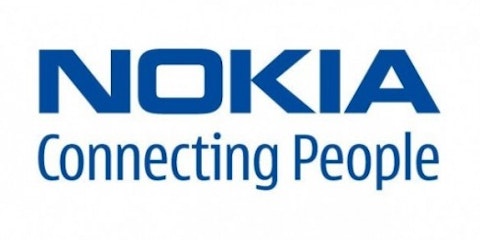
The biggest smartphone camera yet
In an effort to set itself apart from the competition, Nokia has put a heavy emphasis on creating a superior camera in comparison to current offerings from Apple Inc. (NASDAQ:AAPL) or Google’s hardware partners. Nokia Corporation (ADR) (NYSE:NOK)’s latest smartphone, the Lumia 1020, features a 41-megapixel camera with a mechanical zoom lens that completely blurs the lines between digital cameras and smartphones.
The Lumia 1020 is a polarizing product, with critics claiming that 41-megapixel lenses make for impractical file sizes that are ill-suited for sharing over the Internet. Fans believe that the 1020 could carve out a niche with hobbyist and professional photographers.
Either way, many investors are overlooking a possible, longshot application for Nokia’s 1020 — health care IT.
Smartphones as medical instruments
Most investors likely dismiss the idea of hospitals using the Lumia 1020 as a medical instrument to be silly conjecture.
iPhones and iPads are now frequently used in hospitals, however, accessing medical reference apps such as athenahealth‘s Epocrates and mobile electronic health record products like Allscripts‘ Wand. Many of these new medical apps use the camera to enhance productivity. Allscripts’ Wand for iPad, for example, allows clinicians to directly take photos for medical records and seamlessly catalog them into its EHR software.
Considering that the iPad is equipped with a 5-megapixel camera compared to the Nokia 1020’s 41-megapixel one, it’s possible that medical apps dependent on a mobile camera could function better on the latter. A 41-megapixel camera could take clearer close-up shots and be used as a more effective medical instrument, assuming that Nokia Corporation (ADR) (NYSE:NOK) and Microsoft Corporation (NASDAQ:MSFT) can attract more medical app developers.
3 major obstacles ahead
There are three major obstacles that Nokia and Microsoft will have to overcome to claim any sort of market share in the health care industry.
The first one is Microsoft Corporation (NASDAQ:MSFT) itself, which is attempting to convince health care professionals to use Windows 8 tablets instead of iPads to access reference and EHR apps. Nokia, on the other hand, is making an oddball Windows RT tablet, the Sirius, which will compete with the iPad, as well as other Windows 8 products.
Although Microsoft Corporation (NASDAQ:MSFT) CEO Steve Ballmer’s recent reorganization of his company aims to eventually unite Windows Phone, Windows RT, and Windows 8 with cross-compatible software, the three platforms are currently still under separate software umbrellas. The acquisition of Nokia might expedite the combination of both the software and hardware platforms, but the current lack of ecosystem unity makes Nokia’s phones and its upcoming tablet unattractive platforms to develop medical apps for.
